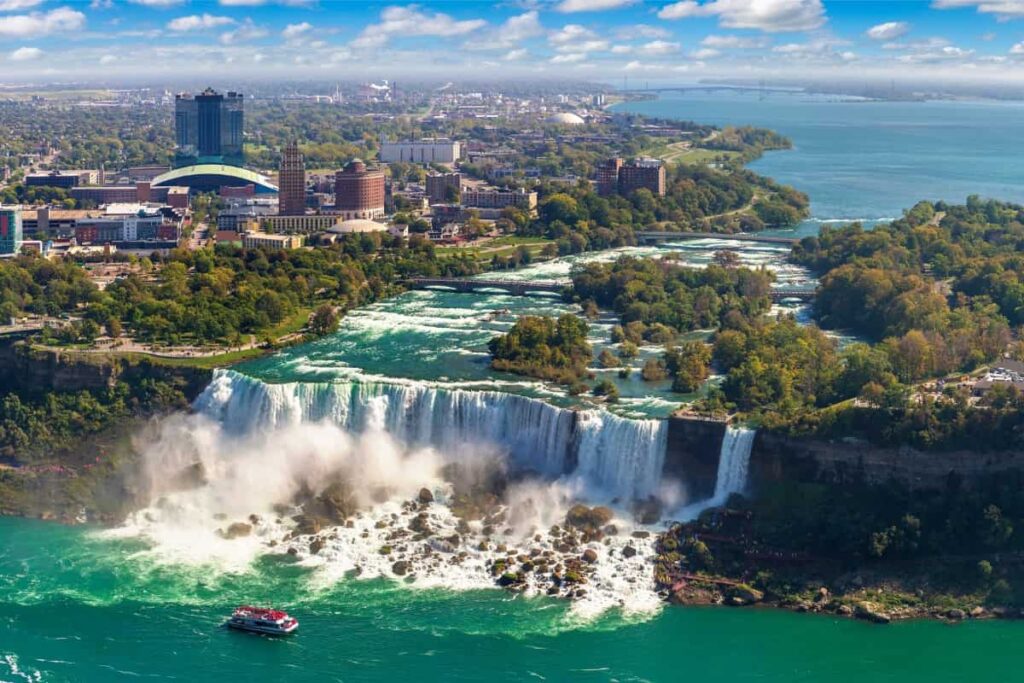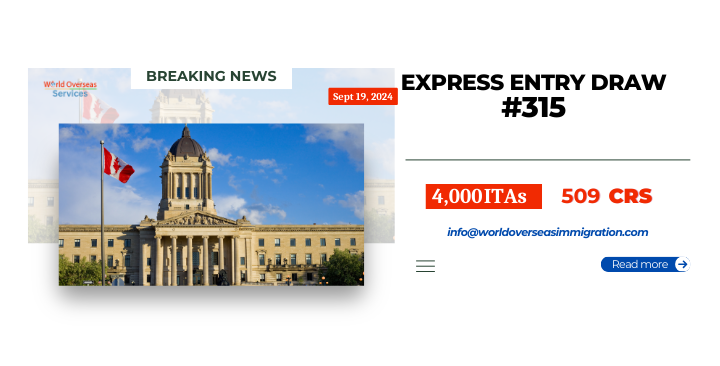As revealed in Canada’s latest Immigration Levels Plan released by Immigration, Refugees and Citizenship Canada (IRCC) on November 1 this year, Canada intends to welcome a large number of immigrants over the next several years.
Canada’s Immigration Levels Plan is an annual release from IRCC that outlines the number of new permanent residents Canada plans to welcome over the next three years. The numbers provided each year break down targets by immigration class (economic, family class, and refugee/humanitarian).
Comment: Data for the last two years of any scheme may change with the release of the next year
Know if you are eligible for Canadian immigration
The plan reflects Canada’s strategy to increase the number of newcomers while also balancing their needs with the existing population. For example, 60% of new permanent residents are from the economic class, meaning they are skilled workers who will contribute to the national economy.
Canada’s strategy is unique and contrasts with the plans set out by many other popular newcomer destinations, such as the United Kingdom (UK), Australia, the United States (US) and New Zealand (NZ).
Canadian immigration strategy
According to Canada’s latest Immigration Levels Plan for 2024-2026, IRCC intends to welcome 485,000 new immigrants in 2024. This will be followed by a target of 500,000 additional immigrants in both 2025 and 2026.
As explained in the notice accompanying the new Immigration Levels plan, IRCC says the decision to maintain the high immigration target was made because “the plan prioritizes economic growth, and supports family reunification while responding to humanitarian crises.” IRCC also said that “immigrant [play] A vital role in the labour market and driving our economy forward … helping to ensure that Canada has the skills it needs to meet key goals … and [ensuring] Labour force gaps in critical sectors … are not a barrier to the success and expansion of Canadian businesses.”
How other top immigrant destinations compare to Canada
Australia’s approach
In Australia, as detailed in a recent BBC News Sydney article, the government plans to cut its number of immigrants in half by June 2025. In a move that will reduce the number of immigrants to “broadly…pre-pandemic levels,” the BBC story says that the decision – which will reduce annual immigration levels by 250,000 – is aimed at fixing the country’s “broken” immigration system and will also see Australia tighten visa rules and requirements for international students and low-skilled workers.
As an example of measures that could be implemented across the country, Australia is expected to “impose stricter minimum English language requirements for international students, and place greater scrutiny on those applying for other visas.”
More: Click here for more information on Australia’s immigration reforms
UK policy change
According to a recent BBC News article, the United Kingdom government is now “making it harder for people to get work and family visas.” In an effort to reduce net migration to the region, which Prime Minister Rishi Sunak recently said is “too high,” the UK government is changing visa rules and raising the income limits for family visas.
One example of strategies used to control immigration to the U.K. is to increase the minimum salary requirement for immigrants wishing to work there. Previously, potential immigrants to the U.K. had to apply for a work visa with a job offer paying a minimum of £26,200. By spring 2024, this minimum will rise to £38,700 – an increase of almost 50%.
Additional information about the UK’s new immigration policies, including the reformed points-based system, can be found here.
New Zealand’s immigration stance
Concerned that the country’s recent immigration levels “do not look sustainable at all for New Zealand”, Prime Minister Christopher Luxon has indicated that the Government expects international migration to “slow down month by month” in the near future.
According to a recent report from Bloomberg, the Reserve Bank of New Zealand expressed concern that “the flood of new arrivals is pushing up rents and house prices and could lead to inflation”, Luxon says the country is now “[finding a] Balance … Over the next few months “the country has moved its immigration policy from too restrictive to too loose.”
The New Zealand government has not yet provided any specific policy details about how it intends to manage immigration, but more information on Luxon’s recent comments can be found here.
Current US immigration scenario
A report released in September by the Washington-based Cato Institute asserted that the nation’s “outdated” immigration system is working against the growth of the national labor force.
In fact, Cato says that the country that once “responsible for 63 percent of the increase in the worldwide immigrant population” now accounts for -0.3% of the change in the same metric.* Furthering the report’s point about immigrants’ impact on the U.S. workforce and productivity, Cato goes on to say that “skilled immigrant workers boost innovation, which is equivalent to 40 percent of total factor productivity growth.” This implies that restrictive immigration policies are in some way detrimental to a country’s economic growth.
The Cato Institute report also notes that the U.S. “has not raised the minimum threshold for green cards since 1990” and that the country “now … ranks in the bottom third of wealthy nations in the proportion of foreign-born people in the population.”
Read the full Cato Institute report here.
What this means for potential immigrants around the world
Of the five countries analysed in this article, Canada is the only immigration destination that is not preparing to make significant cuts to its immigration targets in the coming years. For a variety of reasons, some of the world’s most popular hotspots for immigrants and temporary residents – including foreign workers and international students – are aiming to reduce international migration in the short term.
Although each country’s strategies and immigration policies may change, newcomers to any of these popular destinations should consider federal immigration policy as an important determining factor when considering work, education or life options in another country.
Of course, the choice of settling in a particular location will depend largely on the individual’s specific ambitions. For this reason, when considering their options, all potential immigrants may find it useful to take the time to do thorough research into which destination best serves their short-term and long-term personal and professional goals.
Know if you are eligible for Canadian immigration


